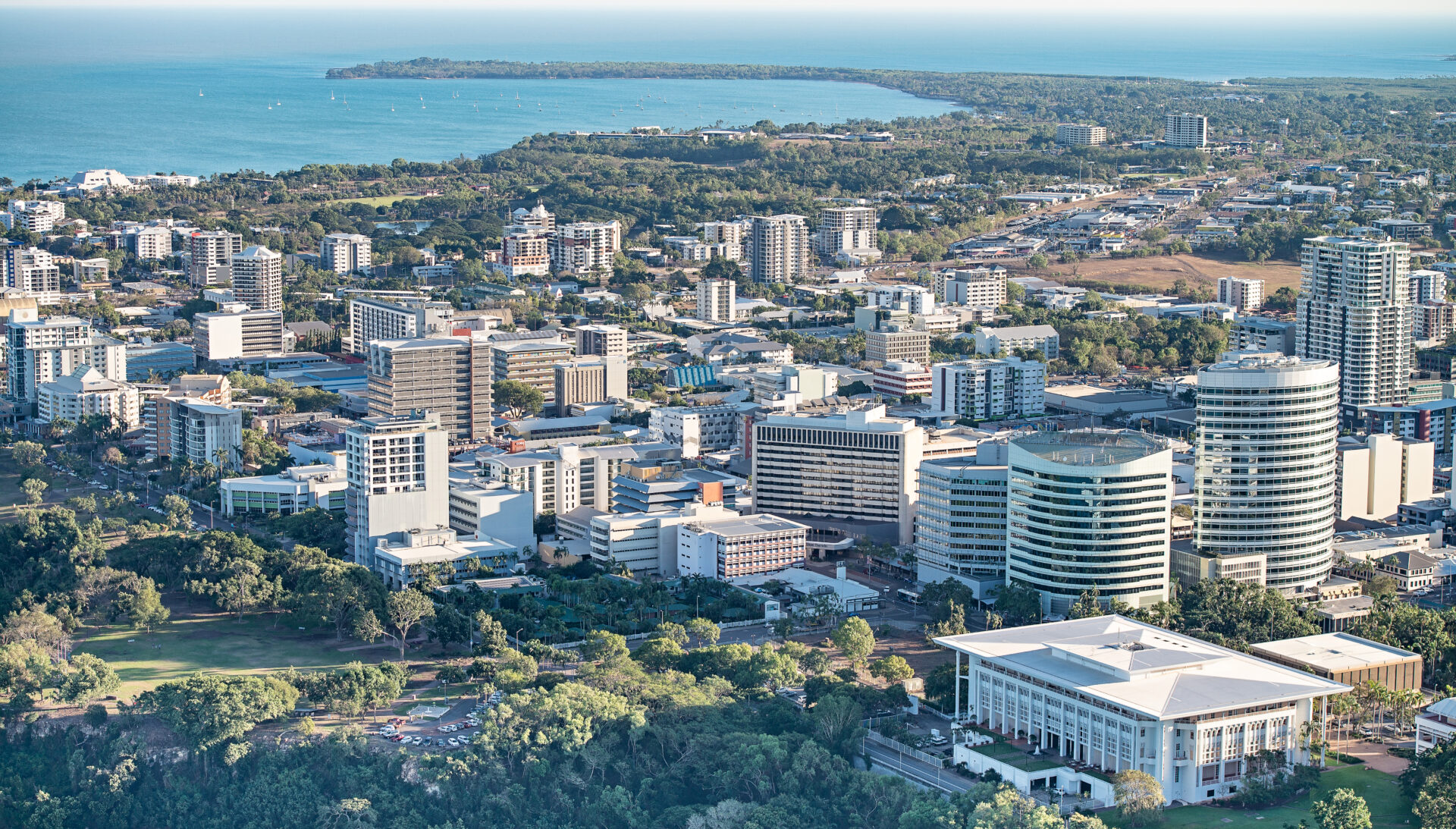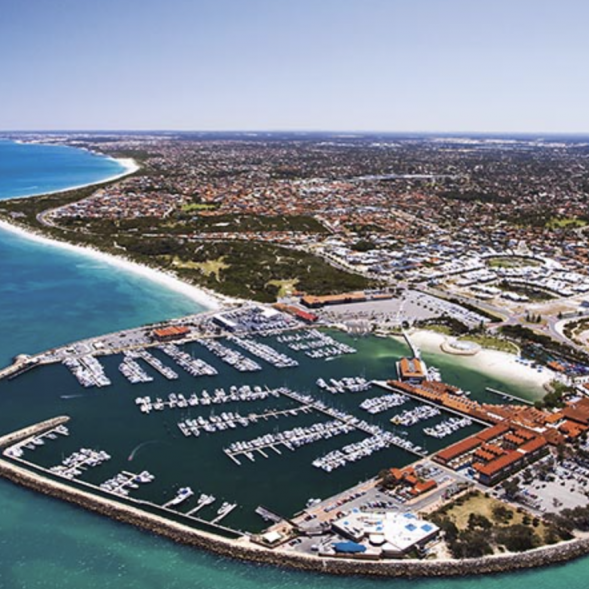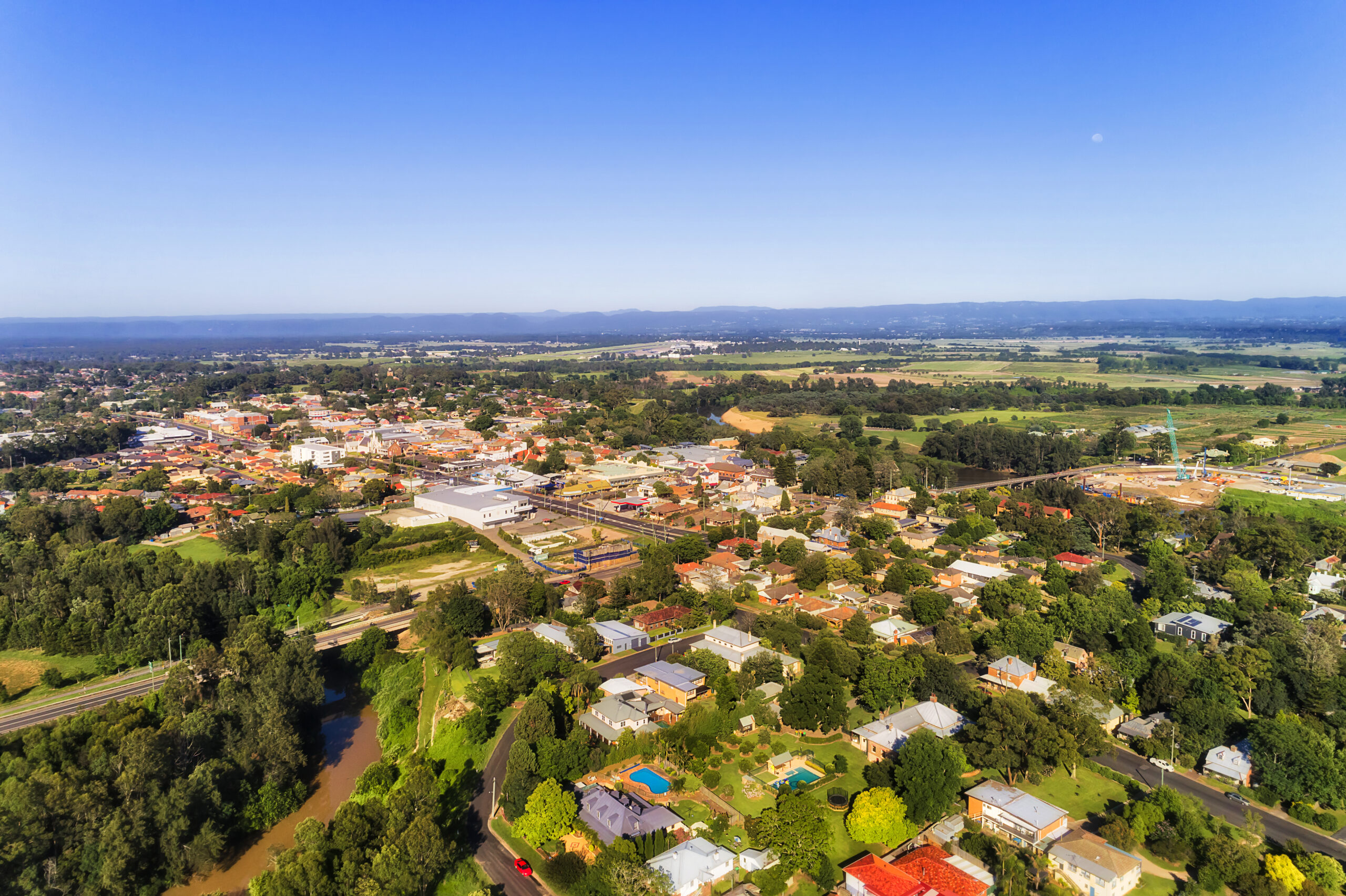Last year proved a compelling one for residential property across Australia. It was, in many ways, a testament to the resilience of the asset class. Most capital cities and major regionals saw an increase in values over the 12 months – some of which were double-digit.
Of course, the new year is an opportunity to revisit our outlook on the markets. There will be multiple drivers influencing sale volumes and price direction, but the fundamentals of supply and demand will again be the ultimate arbiters of performance.
In short, I expect values to continue increasing across the nation although the rate of growth is likely to slow. The reasons for this are varied.
Firstly, escalating construction costs will continue to be an issue. Although there has been an easing in the price of some materials, demand for trades remains high. Not only is labour more expensive, but securing trades within a reasonable timeframe remains a challenge. For this reason, new supply will be limited, and those homes that are new, or deemed “near new”, will garner plenty of buyer interest.
There continues to be concern about building company risk going forward in 2024. Firms kept closing last year as tightening margins (in response to rising costs) took their toll. We’ll need to see this run of business shutdowns slow, to help address the current state of undersupply. We have noticed an increase in listings too of course – and that usually bodes well for buyers. There’s little doubt sellers held off listing their homes in 2023 for fear rising interest rates would result in lower offers and contract prices. Now it appears there’s little appetite by the Reserve Bank to increase rates again in the near future.
This will boost optimism among both sellers and buyers and there are already signs that buyers are becoming active early in the year. In fact, while we should never say never when it comes to rates rising, I suspect the next move will be a cut at some future date. So… expect to see the supply of listed properties continue to rise, but demand and prices will also track higher.
Overseas migration will again fuel demand for housing in an already tight rental market. The ingress of arrivals is likely to slow this year as compared to 2023, but there will still be plenty of demand for shelter. Perhaps one area worth watching when it comes to supply will be the repurposing of some commercial buildings in major centres. Underutilised office space could find a new lease of life as part of a residential redevelopment.
Another supply boost may come from advanced construction techniques such as prefabrication of building components or homes manufactured offsite and then shipped to an allotment. This approach tends to benefit from less cost and time issues as well as improved quality control, although there are still some significant funding and planning hurdles to overcome.
All in all, 2024 will prove an important year in Australian housing where clever solutions to our stretched markets will be necessary. Of course, those who already hold property look set to enjoy the benefits of the supply/demand imbalance for a while yet.
Kevin Brogan











